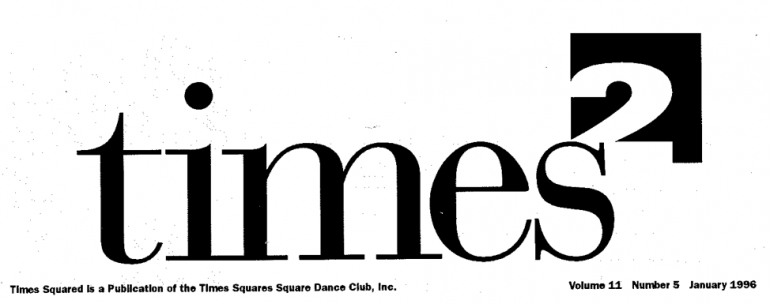This is a great four part article about fixing broken down squares. Maybe we can implement more them in our dancing.

It’s one of the ultimate cultural taboos in square dancing: don’t talk about broken-down squares. It doesn’t matter if you’re a caller or a dancer; there seems to be some unwritten rule that it’s bad manners to discuss how squares break down and how to fix them. If you’re a dancer … have you ever watched another square on the dance floor break down, and saw them recover, and then wonder how they did it? This article gives dancers some basic tools to use in recovering a crashed square. Although this article is targeted at dancers, caller may want to consider teaching or reviewing some of these techniques.
In the real world, all squares break down sooner or later. (if you’re a dancer whose squares never break down, you probably only dance with 7 phantoms.) Perhaps you’re new to dancing a given level and haven’t yet developed confidence. Perhaps there are a few “nightmare calls” that you just aren’t get the hang of yet. In any event, for whatever reason, broken squares always happen, at every dance, at every class, and at every level.
In general, some of those concepts aren’t taught until Advanced or higher levels, because some dancers may rely on these tolls more than learning the dance level. Please keep in mind, these tools are intended for use by dancers only in conjunction with already knowing their current dance level well. If dancers don’t know their calls, none of these recovery techniques will help.
For the purposes of discussion, let’s assume a broken square is the result of two (or more) dancers swapping places by accident in a tip in which the caller is using fairly straightforward, symmetric choreography. (Sorry, asymmetric choreo fans!)
More Than One Way to Recover
There are several techniques available for recovering a “crashed” square. We’ll go through them in approximate order of simplicity, from easiest to most complex.
Remember, the point of all of these methods is to allow the square to keep on dancing, even if a dancer has to scurry back into their correct home position at the end of the sequence.


